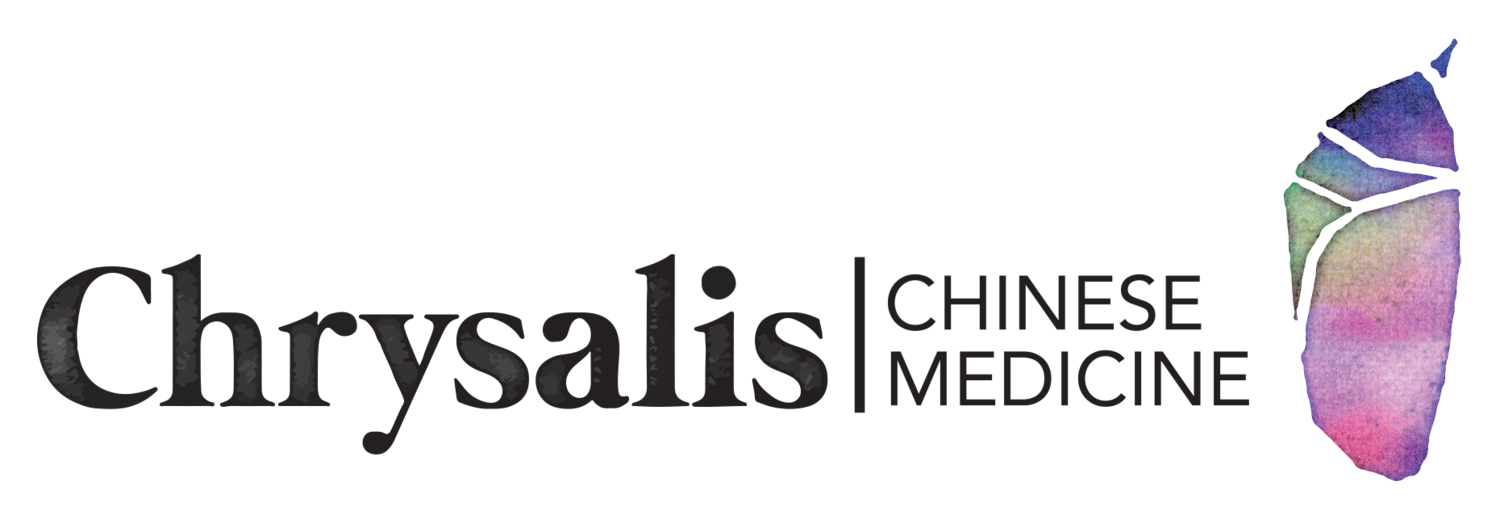The origins of Chinese herbal medicine can be traced back at least 5,000 years, and can be used as an adjunct to acupuncture treatments or as a stand-alone therapy.
Herbs are rarely given individually, and are most often combined to create formulas, which are specifically formulated for each individual and their presenting condition. There are hundreds of substances commonly used – with most of these being of plant origin. While some of these herbs can be quite obscure, many are ones you may find in your kitchen or garden such as ginger, cinnamon, chrysanthemum and goji berries. While some are mineral or animal based, protected or endangered species are never EVER prescribed here. The use of animal based products is also rare, and anytime I plan to use any animal-based product I always talk to my patients about why we may need to use it, and gain informed consent for its use.
There are many ways to take herbs. Traditionally, raw herbs are cooked into a decoction (herbal tea), extracting the active ingredients. Although this is still the most effective way to take herbs, there are also options to take powdered herbs, which are simply stirred into hot water, herbal pills, and even as extracts or creams that can be applied externally for skin conditions.
Herbs have traditionally been used for almost any condition under the sun, with a history of case studies dating back thousands of years.


